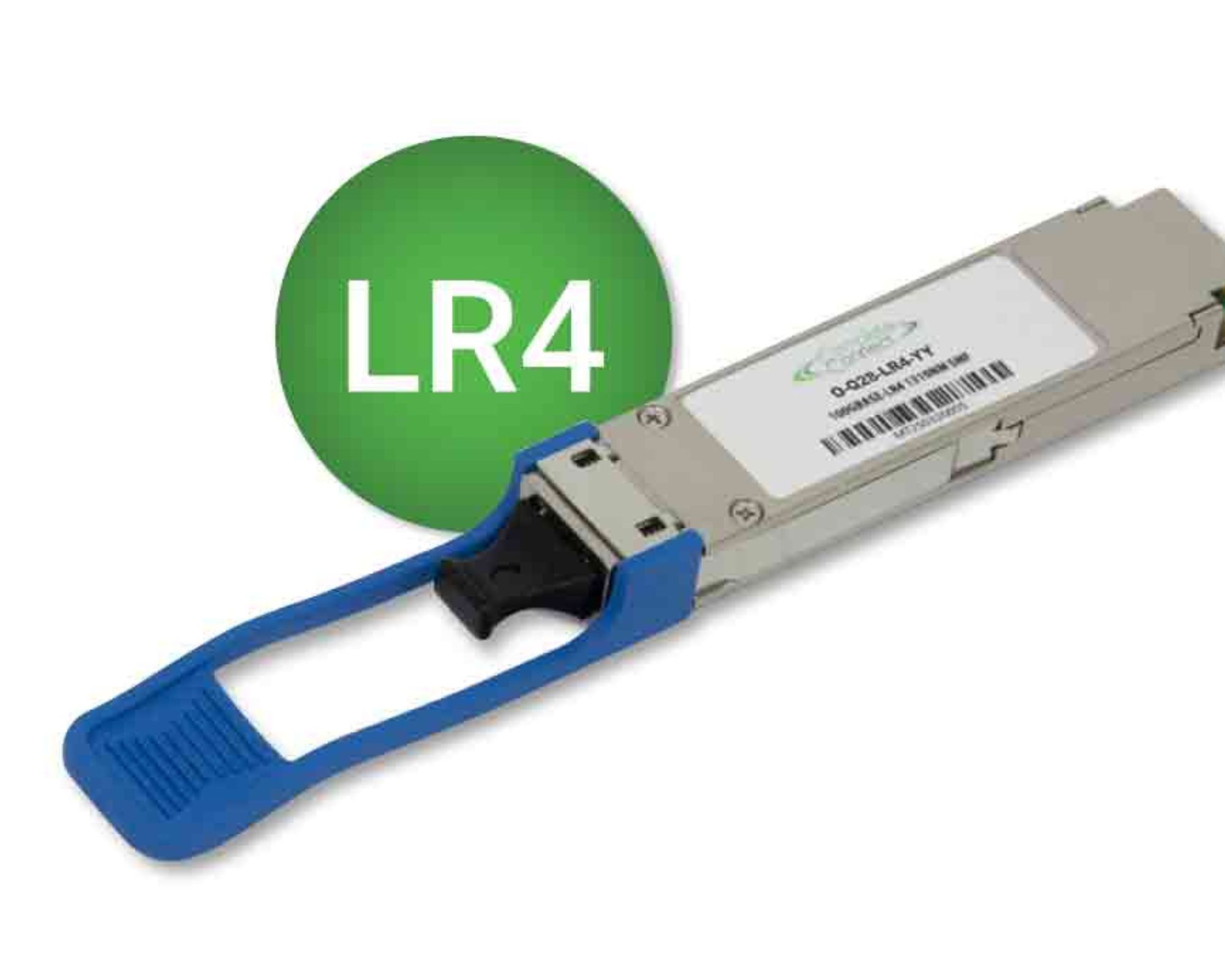Introduction:
The evolution of data-intensive applications and the constant demand for higher bandwidth have paved the way for the development of advanced optical transceiver technologies. One such breakthrough is the QSFP28 LR4 optical transceiver. With its remarkable capabilities, this transceiver has revolutionized high-speed data transmission in modern networking infrastructures. In this article, we delve into the intricacies of the QSFP28 LR4 optical transceiver, exploring its features, applications, and significance in enabling faster and more efficient data communications.
Overview and Features:
QSFP28 LR4 (Quad Small Form-Factor Pluggable 28 Long Reach 4) optical transceiver is a compact, high-performance module designed for long-range optical communication applications.
It employs the 28Gbps per lane signaling technology, allowing for a total data transfer rate of 100Gbps (four lanes) over single-mode fiber (SMF) cables. The “LR” in its name refers to “Long Reach,” signifying its ability to transmit data over distances of up to 10 kilometers.
QSFP28 LR4 transceiver utilizes a wavelength division multiplexing (WDM) technology to transmit. Receive data simultaneously using four different wavelengths: 1271 nm, 1291 nm, 1311 nm, and 1331 nm. Each wavelength carries a 25Gbps data stream, resulting in a total capacity of 100Gbps. The compact form factor of QSFP28 makes it compatible with a wide range of networking devices, including switches, routers, and servers.
Applications:
The QSFP28 LR4 optical transceiver finds applications in various domains where high-speed, long-range data transmission is crucial. Some of its notable applications include:
- Data Centers: With the ever-increasing demand for higher bandwidth and faster data processing in data centers. QSFP28 LR4 transceivers play a vital role in connecting switches and routers over extended distances, facilitating seamless data flow.
- Telecommunications: As telecommunication networks continue to expand and upgrade, QSFP28 LR4 transceivers enable. Efficient transmission of high-bandwidth data across long-haul optical links, ensuring reliable communication services.
- High-Performance Computing (HPC): In HPC clusters and supercomputers, QSFP28 LR4 transceivers facilitate interconnection between nodes, enabling quick. Reliable data exchanges in demanding computational environments.
- Cloud Computing: Cloud service providers leverage QSFP28 LR4 transceivers to establish high-speed, long-distance connections between data centers, ensuring efficient data transfers and low-latency network communication.
Benefits and Significance:
The QSFP28 LR4 optical transceiver offers several benefits that make it a preferred choice in the realm of high-speed data transmission:
- High Data Capacity: With a total data transfer rate of 100Gbps. QSFP28 LR4 transceiver provides ample bandwidth to meet the demands of data-intensive applications, allowing for rapid and seamless data transmission.
- Long Reach Capability: The LR4 transceiver supports data transmission over distances of up to 10 kilometers, making it suitable for long-haul applications where reliable communication is essential.
- Compact Design: The QSFP28 form factor ensures compatibility with various networking devices, offering flexibility in installation. Deployment, even in space-constrained environments.
- Scalability: QSFP28 LR4 transceivers are part of the QSFP transceiver family, which includes other variants like QSFP28 SR4, QSFP28 CWDM4, and QSFP28 PSM4. This allows for seamless migration and scalability in network upgrades.
- Cost-Effective: By combining multiple wavelengths on a single fiber using WDM technology. QSFP28 LR4 transceiver reduces the need for additional fibers. Simplifies network infrastructure, resulting in cost savings.
Conclusion:
The QSFP28 LR4 optical transceiver has emerged as a game-changer in high speed. And data transmission, offering exceptional performance, long-reach long-reach capability. Compatibility with various networking devices. With its ability to transmit data at 100Gbps over distances of up to 10 kilometers. This transceiver has become a cornerstone technology in data centers, telecommunications, high-performance computing. And cloud computing environments. As the demand for faster and more reliable data communications continues to grow. QSFP28 LR4 transceiver will play a pivotal role in enabling the next generation of network infrastructures.
